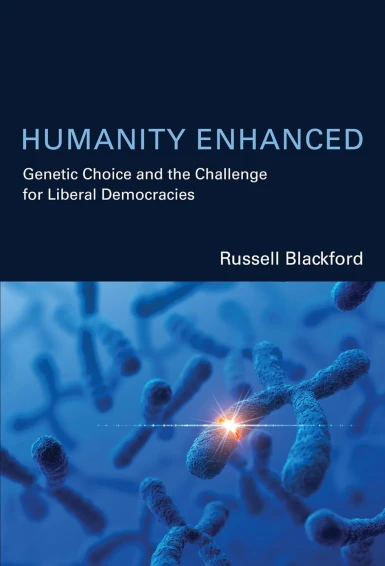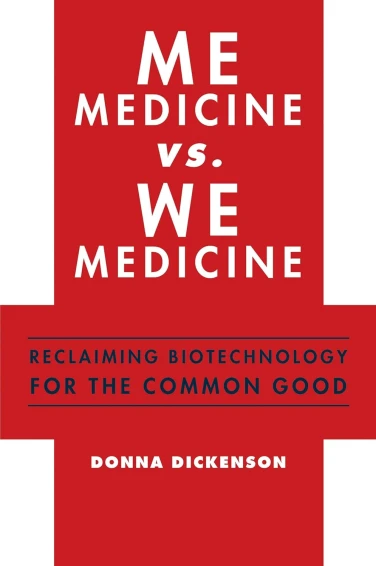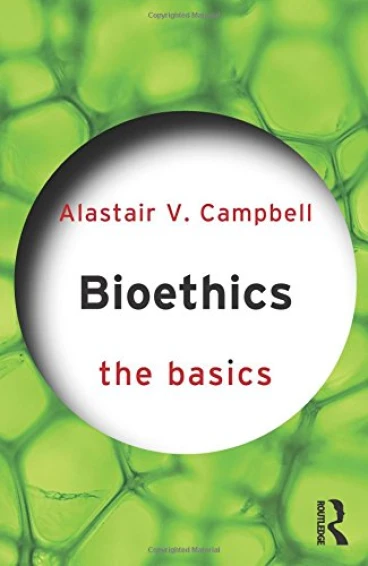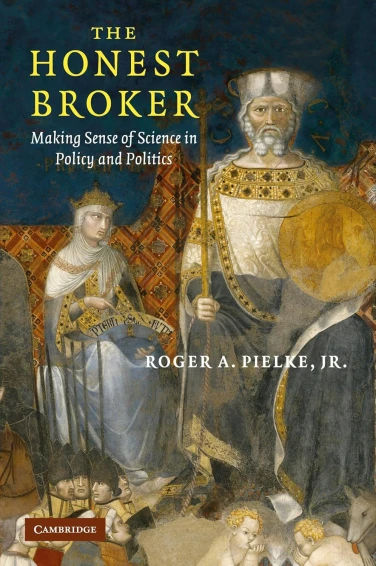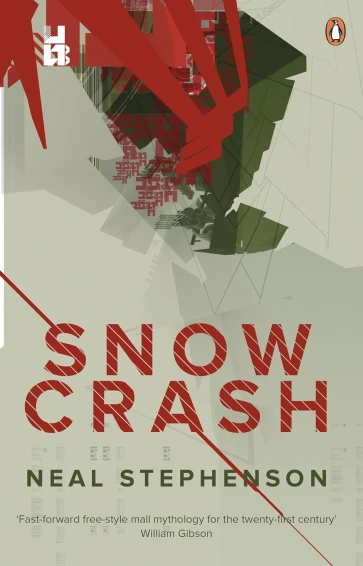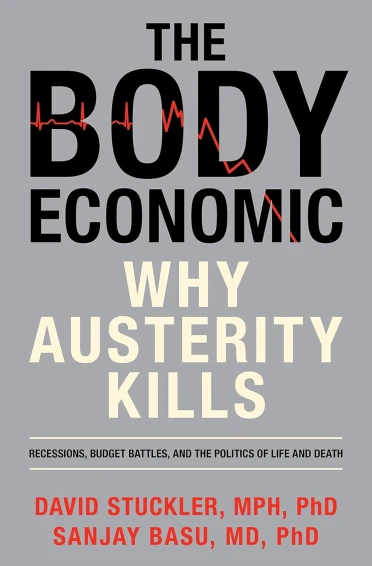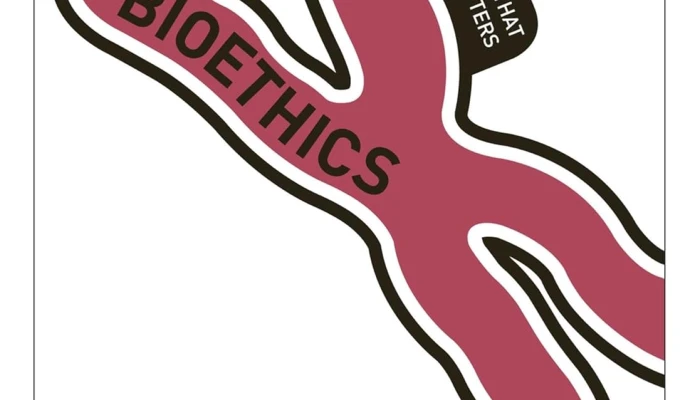
By Donna Dickenson
Hodder Education: 2012
ISBN 978–1–4441–5580–8
RRP £7.99
As I am sure many of us have found, once in a while you come across a book which challenges, enlightens and provokes you in a profound way. For me this was particularly the case with “Body Shopping“ written by Donna Dickenson which ably demonstrated her interests in exploitation and coercion in healthcare, particularly in relation to women. With this in mind it was with eager anticipation that I picked up Dickenson’s latest book, “Bioethics: All that Matters”.
This latest book from Donna Dickenson is certainly a very engaging and informative read but whether it is truly “all that matters” in bioethics, as the cover suggests, is up for debate. I think readers coming to the book in the expectation that it will provide a good introductory text to the field of bioethics, in the same way that one might approach a title in OUP’s “A Very Short Introduction” series, might well be disappointed. This is not to say that the book is not valuable; it certainly is and without doubt brings something fresh to the bioethics conversation.
Donna Dickenson is Emeritus Professor of Medical Ethics and Humanities at the University of London and Research Associate at HeLEX, University of Oxford. In 2006 she became the first woman to win the high–profile International Spinoza Lens Award for her contribution to public debate on ethics. This is a biennial international prize for prominent scholars in the field of ethics and society and takes its name from the eminent Dutch philosopher Baruch de Spinoza. The invaluable worth of Spinozas thought was certainly not expressed by his income; he had to resort to grounding lenses in order to generate a daily income. Yet his thinking helped to open up new avenues of thought. As you become familiar with Dickenson’s work it resonates strongly with Spinoza’s story. Her experience in engaging the public in bioethics and lifting the lid on issues which are very often glossed over (such as commodification of the body) is to be congratulated.
Structure
The book consists of eight fairly short chapters which explore a range of exploitation issues in research and science, reproductive technologies, stem–cell research and global ethics. The Appendix section of the book is particularly helpful and well conceived. It offers the reader signposts to help develop their thinking and consideration of the issues through engagement with 20 suggestions for further reading, 10 best websites to visit, 10 landmark court decisions to look up, 10 films to see, and so forth.
One particular focus of the book is the big cross cutting theme of the role and place of science which cuts across medical, legal and philosophical boundaries. To use a quote from the author in the inside cover of the book: “New biotechnology is the theatre of both our greatest hope and some of our greatest fears”. Like Habermas, Sandel and others, Dickenson identifies the fact that new biotechnology has and will likely continue to challenge our understanding of what is natural. She poses the question to what extent should we limit our ambitions or just allow science to take its course. It is an important question to ask and needs to be debated more widely, free from misunderstanding that those who question a restriction–free approach are simply “anti–science”. This is not always the case and Dickenson does justice to this throughout the book, but particularly in the concluding chapter: “God, Mammon and Biotechnology”.
What it says on the tin
But perhaps the book’s greatest strength can be regarded as its greatest weakness. From even a cursory survey of Dickenson’s work she clearly approaches the issue of exploitation from a feminist perspective. There is nothing wrong in this; each us writes or speaks from a well honed framework of reference, perceptions and opinions. But in my opinion the title of the book is misleading; what it actually covers compared to what “it says on the tin” so to speak are two different things.
Very often a typical line of argument for feminists to adopt is to say that women are relatively powerless in patriarchal society causing them to be particularly vulnerable to exploitation. This, however, is not the line that Dickenson adopts and falls short of explaining the richness of Dickenson’s thesis. Drawing upon the work of John Locke and his thinking on the relation of labour and property (something she explores in detail in chapter 5 – Could you patent the sun?), Dickenson argues that the labour of women is not properly rewarded on the true value of what it is worth. Rather their labour goes through a system of devaluation, according to the author, through stem cell research for example.
The prime example used in this instance is that of the South Korena scientist Hwang Woo Suk who in 2005 claimed to have created 11 cell lines. Whilst the official line at the time was that the 119 Korean women who had donated a total of 2,221 eggs were motivated by their sense of loyalty and the national good, it later transpired that this was far from the case. 75% had actually been paid or given treatment in kind, with some being hospitalised for the potentially fatal condition of ovarian hyperstimulation.
Taking this idea of devaluation further, Dickenson also posits that others illegitimately appropriate property that really belongs to them as seen in instances of commercial surrogacy. Citing case studies from India, the author argues that it is surrogates who take all the risks and provide all the reproductive labour, whilst the doctors and the commissioning couples are able to enjoy the fruits of all that labour. No attempt is made to recompense or give recognition to the surrogates involved.
Style and format
In terms of addressing these issues and bringing them to the attention of the public in a highly accessible book, Bioethics: All that Matters is worth its weight in gold and is a great read. However, if the expectation is that it will provide a more comprehensive exploration of the field of bioethics, the book will appear polemical.
Putting this issue aside, the book is well written. The author has a style which is easy to engage with and follow, particularly for a lay reader. Those with prior experience of the field of bioethics will still be able to take something from the book, not least in terms of the book’s nuanced discussion of the interplay between exploitation and bioethics. The author assumes nothing and takes care to explain key concepts. This is helped by some well thought out approaches to formatting. Definition boxes help to clearly explain themes and issues which compliment the rest of the discussion, helping to minimise confusion.
Moreover, case studies also represent a key feature of the book. Whilst theory is explained, this is supported by well chosen case studies which provide application to real life situations. This in turn really does help to provide a sense that bioethics is not some branch of ethics and philosophy which only takes place in ivory towers. It has real application in every day life. Dickenson’s clarion call at the end of the book, draws this together well: “We’re in a strong position to help rather than hinder the best that science can propose. We – and I count you, the reader, as one of us [bioethicists]– are in a strong position to help science do its best for the common good” (p. 121).
Concluding thoughts
All in all, I think Bioethics: All that Matters fails in providing an introduction to “all that matters” in the field of bioethics. If you approach the book expecting this you will be sadly disappointed. What the book does do is frame an introduction to bioethics from an angle which is often underplayed or ignored and yet should matter to all. On this basis it is to be praised.




